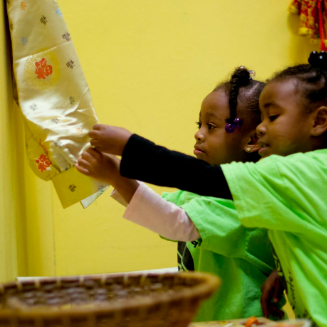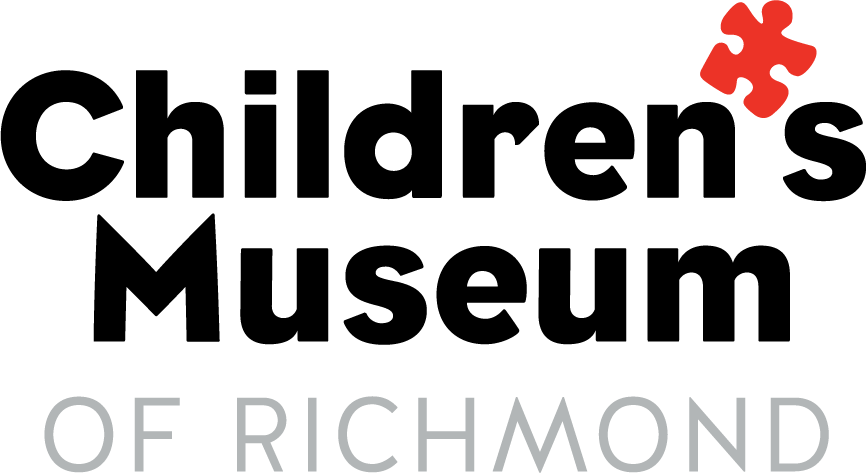A World of Holiday Traditions and Culture on Display at the Children’s Museum
Throughout the year, all four area locations of the Children’s Museum are focused on its mission of inspiring growth in all children by engaging families in learning through play — or as they are fond of saying at the Children’s Museum, when children play ahead, they get ahead. Some benefits of play are naturally more apparent than…
Published on December 13, 2019

Throughout the year, all four area locations of the Children’s Museum are focused on its mission of inspiring growth in all children by engaging families in learning through play — or as they are fond of saying at the Children’s Museum, when children play ahead, they get ahead.
Some benefits of play are naturally more apparent than others — for example, the gross motor development skills that come from physical play like running, jumping, and climbing — or the enhanced creative skills that emerge from early engagement with art. However, there are other important and valuable life skills that children can learn during playtime including valuing and respecting others.
Nowhere is that more apparent than during the holiday season at the Children’s Museum Downtown, where the museum’s annual Holiday Village exhibit, which is sponsored by the Genworth Foundation, offers more than just an opportunity to create holiday memories — it gives children the opportunity to explore a range of holiday traditions and cultures, preparing them for a future as adults who are aware and understanding of different perspectives.
Beginning in 2005, the Genworth Foundation Holiday Village has been a seasonal centerpiece at the Children’s Museum Downtown, providing the perfect venue to showcase a variety of cultural traditions from around the world. Here, children can explore six different festivals celebrated during this time of year: Christmas, Diwali, Eid, Hanukkah, Kwanzaa, and Lunar New Year, all presented through a series of “Fan-style” houses that feature the symbols, traditions, and customs that enrich the holiday season in our own communities and around the world.

Through play, the Children’s Museum seeks to promote greater understanding and cultural awareness in children, important skills that help to develop a positive sense of identity, while also building self-esteem. Exploring a range of holiday traditions in the Holiday Village, children are encouraged to see the unique differences among the world’s cultures, along with the striking similarities that these celebrations share — similarities such as lights, decorations, festive foods, and games. It’s a seasonal example of the museum’s consistent focus on creating quality learning environments, where children can learn through play in culturally and developmentally appropriate ways.
Recent research suggests that when children have culturally responsive educational experiences, the result is an increased awareness and appreciation for their own beliefs and cultures, as well as those of others. In addition, these experiences have been shown to support future academic achievement and long-term educational success. In addition, the Holiday Village exhibit and an associated field trip program entitled “Celebrations from Around the World” are helping local, school-aged children engage through hands-on exploration of holiday customs and celebrations.
A study conducted by the University of Nebraska’s Extension on Early Childhood Development and Diversity revealed that children become aware of and begin to take in socially prevailing ideas, feelings, and stereotypes about people, and about themselves as well, at ages as young as two-and-a-half years old. However, the same study also showed that young children have the intellectual capacity for undoing pre-existing, unfair perceptions of others by engaging in meaningful, culturally responsive experiences.
The Children’s Museum believes that providing culturally responsive education through play is critical to creating a more just and inclusive society for all, both in our local community and throughout the world. Being able to see common elements across cultures can expand a child’s understanding of different traditions, whether their families celebrate Christmas, Lunar New Year, or anything in between.
No matter what occasion your family celebrates during the holidays, you’ll find the gift of learning through play all season long at the Children’s Museum’s Holiday Village.
